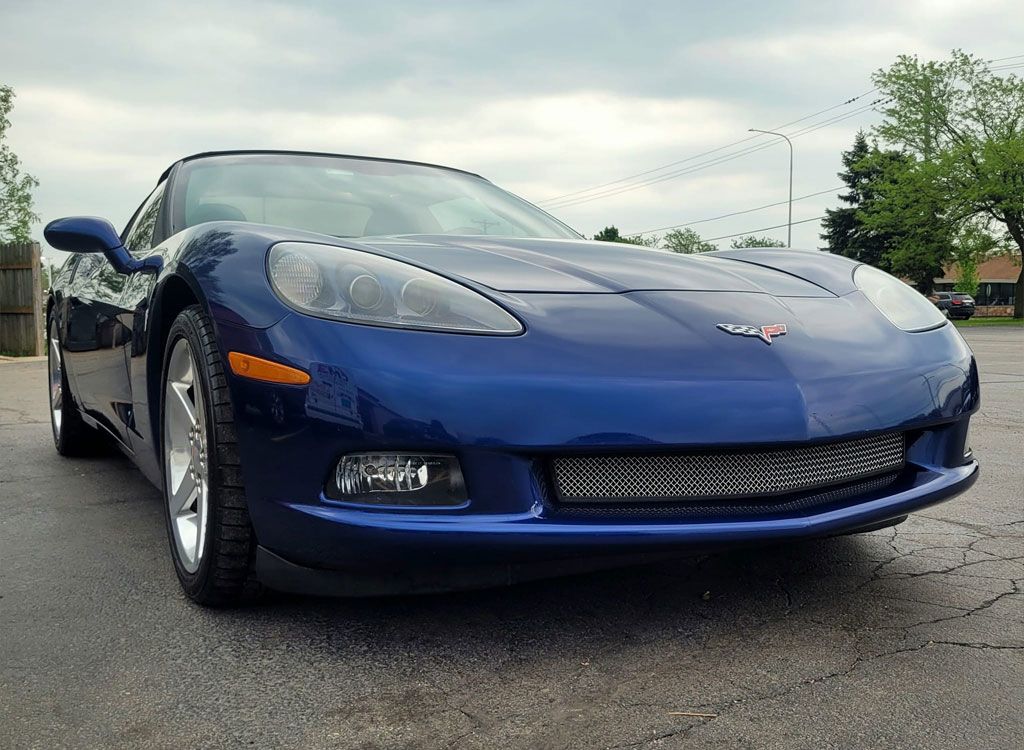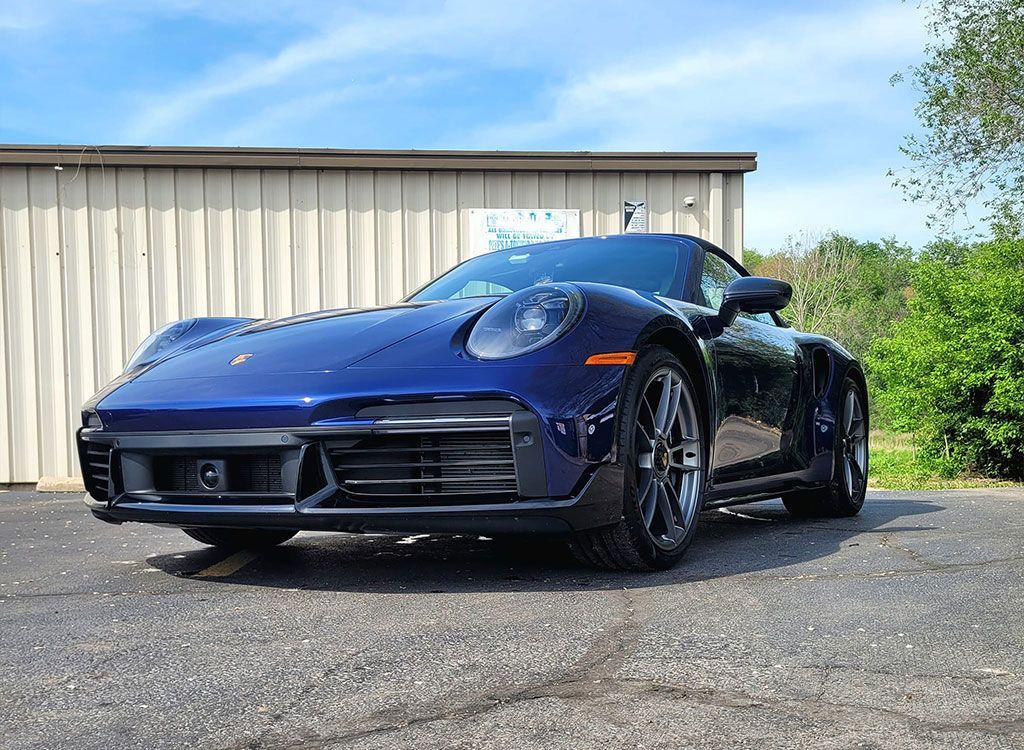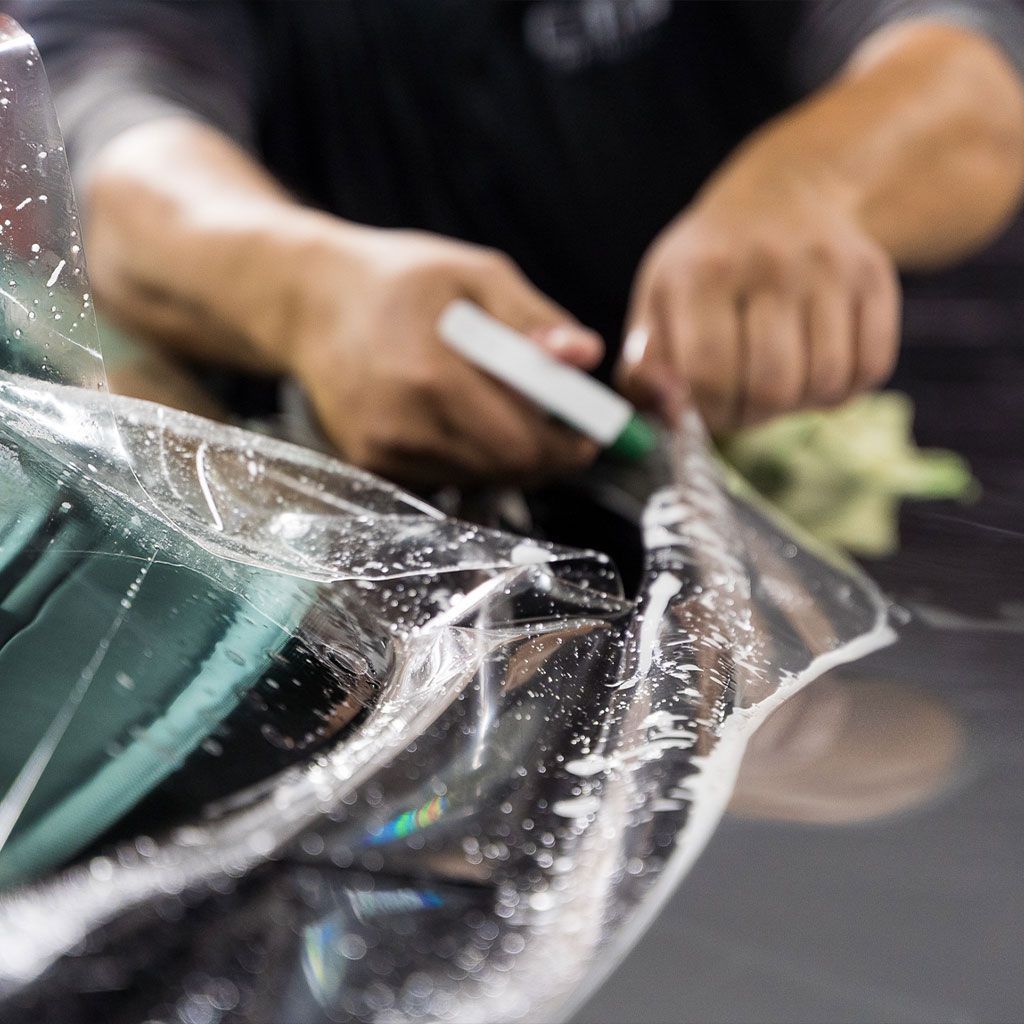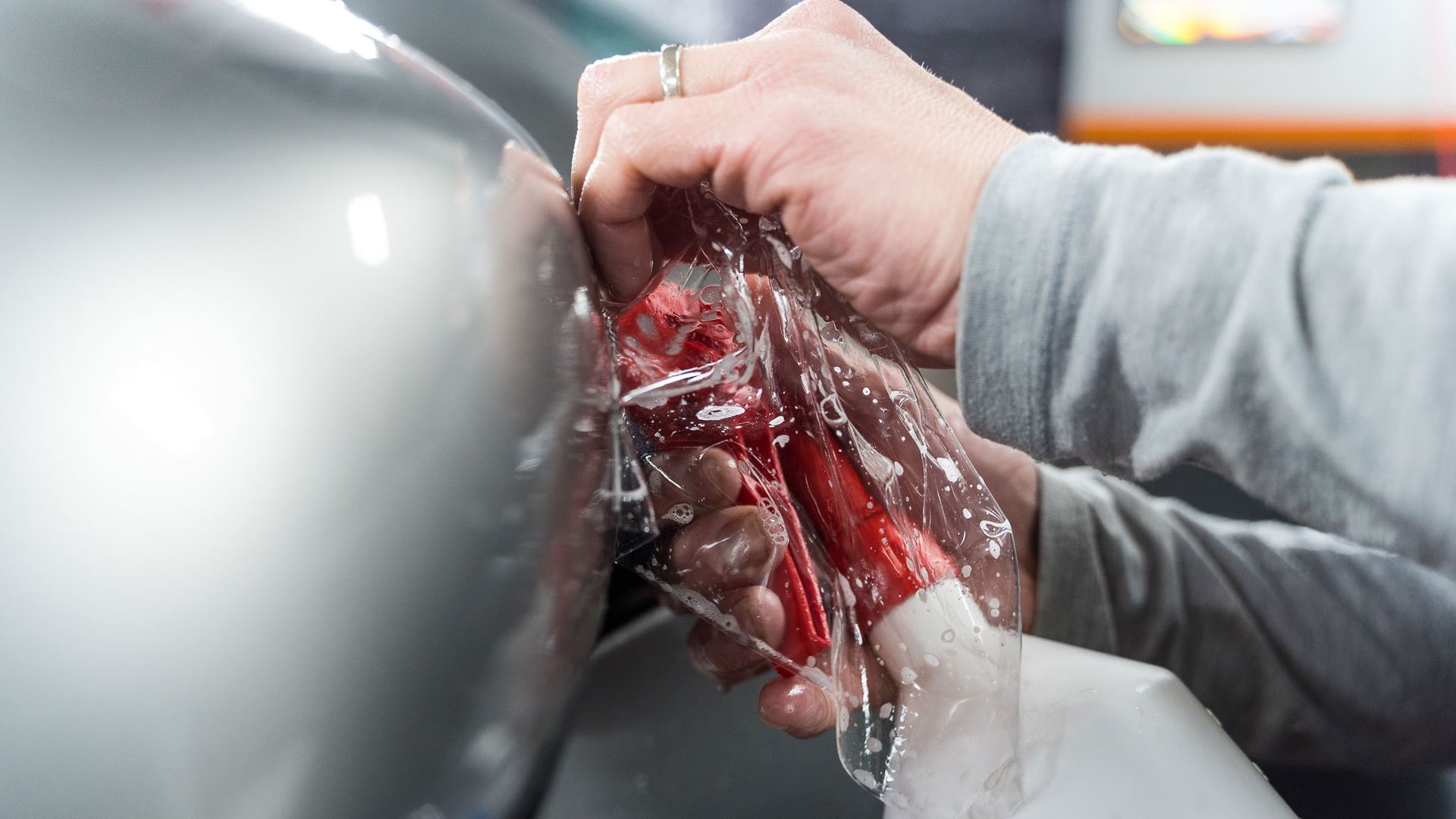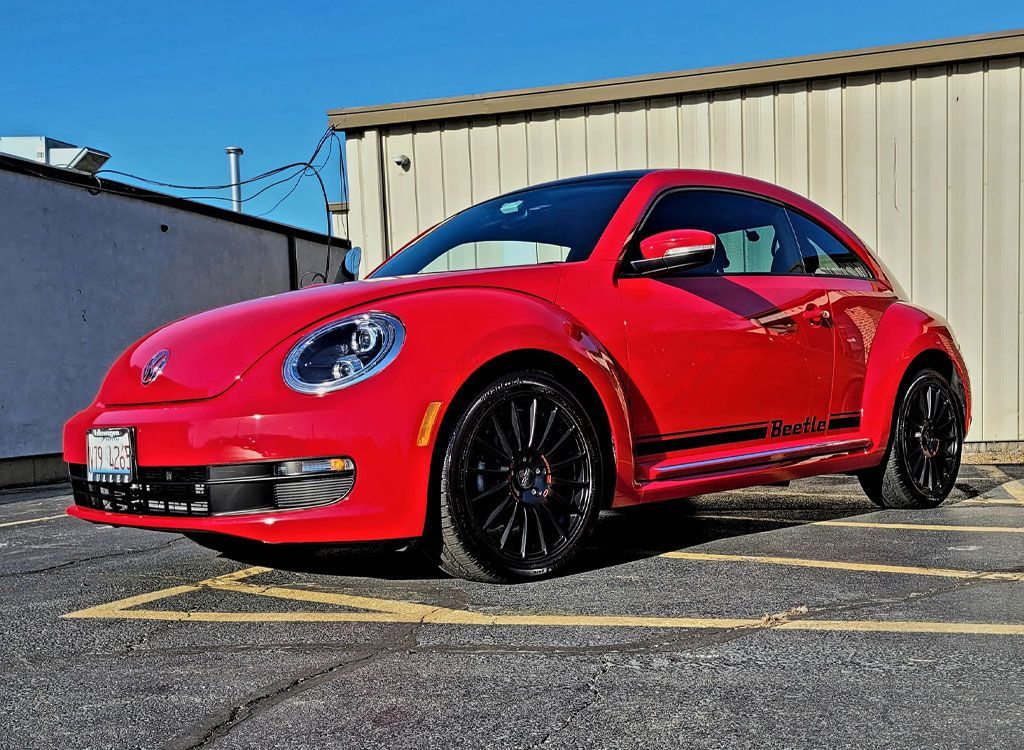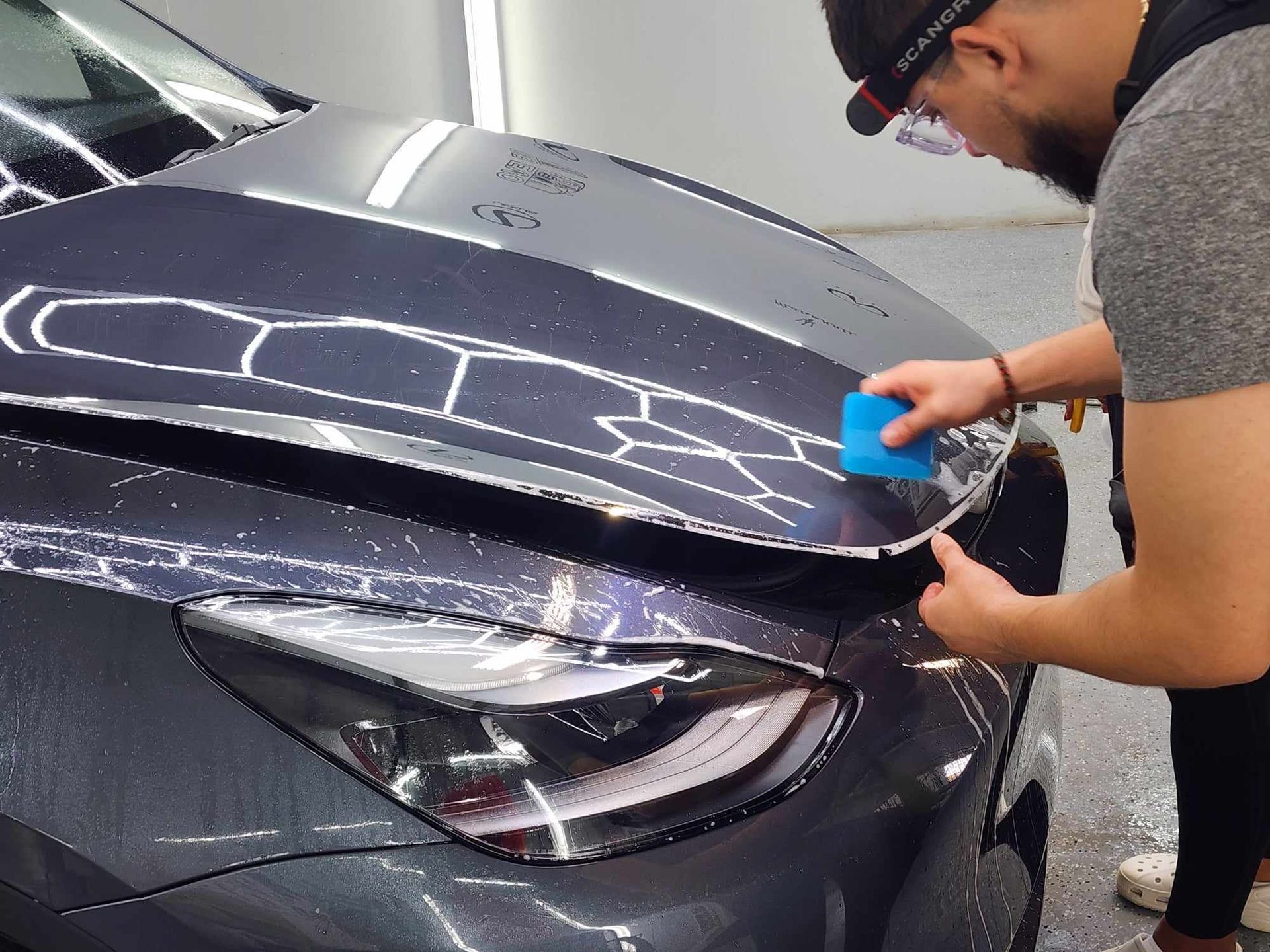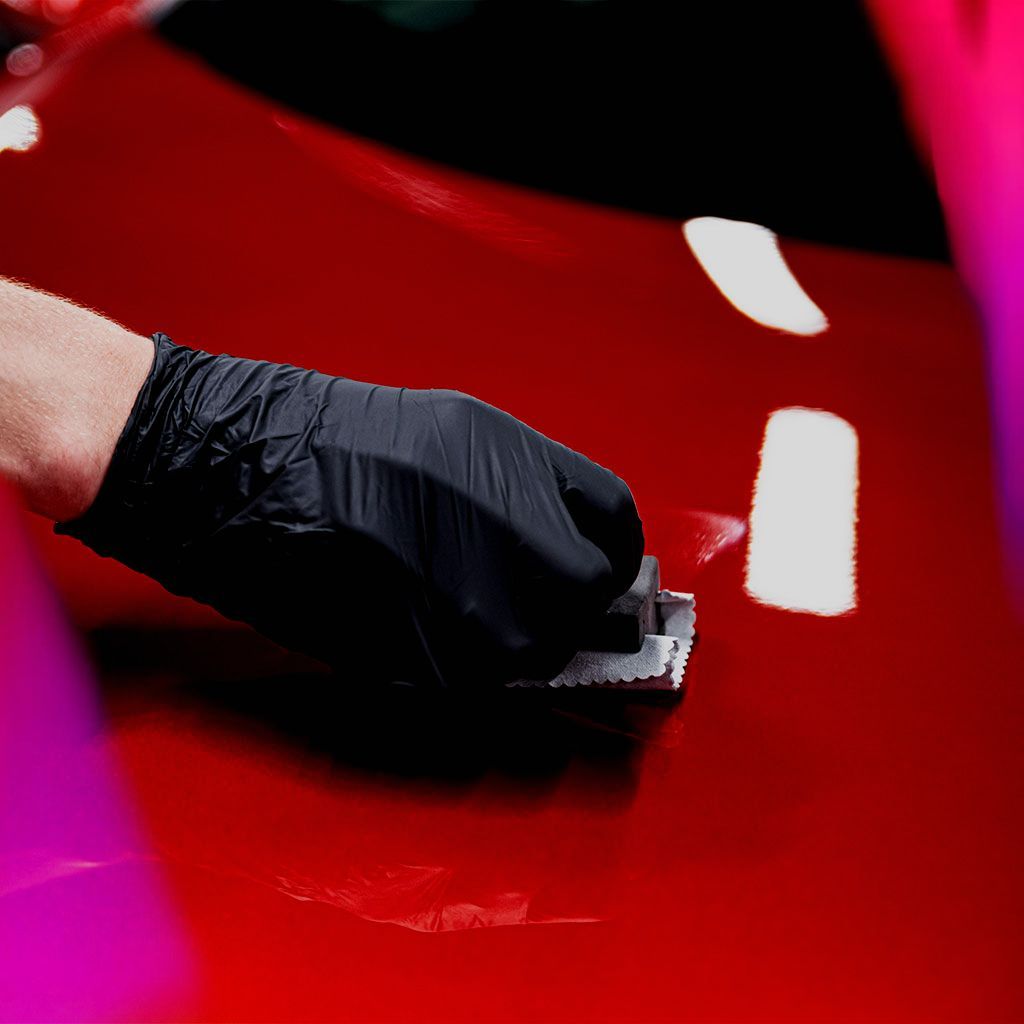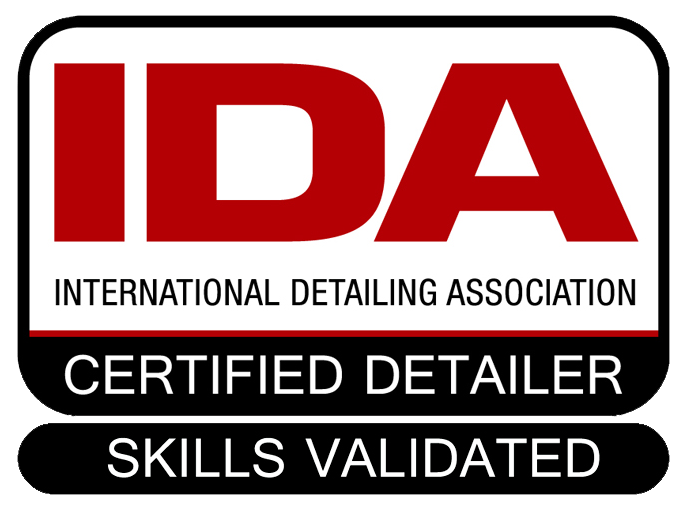The Best Times of Year to Install Paint Protection Film on Your Car
When it comes to maintaining your vehicle's appearance, protecting the paint finish is just as important as regular maintenance. If you've ever returned to your parked car to find new dings or chips, you understand how disappointing that can be. Paint protection film (PPF) serves as an invisible shield that helps protect your vehicle from environmental hazards and road debris. However, like any automotive service, timing plays a crucial role in achieving optimal results. Just as you wouldn't schedule outdoor activities during a storm, installing PPF during unfavorable conditions can lead to less-than-ideal outcomes.
The ideal times for paint protection film installation are during mild weather conditions, particularly in spring and fall, when temperatures range between 60°F and 80°F. These conditions ensure proper film adhesion and flexibility while avoiding extreme temperatures that could negatively impact the installation process.
Late Spring: Perfect Installation Conditions
Late spring creates the ideal environment for PPF application. This season provides a perfect balance of moderate temperatures and manageable humidity levels, allowing the installation process to proceed smoothly. The optimal temperature range of 60°F to 80°F ensures that the film's adhesive properties activate effectively without becoming overly tacky or compromising the application quality. During these moderate conditions, installers can work efficiently without worrying about temperature fluctuations that might interfere with proper adhesion. The significance of avoiding extreme heat cannot be overstated. When installation occurs in higher temperatures—above 80°F—the adhesive may cure too quickly, potentially resulting in air pockets beneath the film. These bubbles not only affect the appearance but also reduce the protective qualities of the PPF.
Late spring typically brings lower pollen counts, which is essential for a clean installation. Even small debris trapped under the film can compromise its effectiveness and create visible imperfections over time. Fewer airborne particles mean a cleaner working surface, leading to a superior installation result. Additionally, moderate humidity levels—ideally between 40% and 60%—contribute to more efficient curing processes. Most installations require 24 to 48 hours for the film to fully adhere under these optimal conditions, enhancing durability and extending protection against UV rays and road debris.
Early Autumn: The Benefits of Cooler Weather
Early autumn provides another excellent window for PPF installation due to its mild climate. Temperatures typically range from 50°F to 75°F, which is ideal for ensuring proper film adhesion without the extreme conditions that can hinder performance. In warmer weather, the film might not adhere correctly, while cold conditions can make the material inflexible and difficult to work with during installation. Film adhesion tends to improve significantly in these cooler climates compared to extreme temperatures. When the adhesive experiences lower thermal expansion, it bonds more uniformly across the vehicle's surface, enhancing longevity and protection quality.
The humidity levels during early autumn typically hover around 40-60%, reducing moisture interference with the adhesive's bonding process. High humidity can lead to improper adhesion or moisture-related issues beneath the film. With less atmospheric moisture, installers can focus entirely on applying the PPF effectively. Early autumn also brings reduced UV exposure, with UV index levels averaging between 3 and 5. Lower UV exposure helps prevent early degradation of the film, ensuring your investment maintains its appearance and protective qualities longer after installation. Planning installation during this season also offers more scheduling flexibility, as many vehicle owners become busy with holiday preparations during winter months. Acting during early autumn allows you to secure quality services without added time pressure.
Avoiding Weather Extremes: Summer and Winter Challenges
Summer heat can create significant installation challenges when temperatures exceed 90°F. Under these conditions, the adhesive becomes too soft, potentially preventing proper adherence and leading to issues like bubbling or uneven application. The film may not be set correctly, compromising its long-term effectiveness. Winter presents opposite challenges. When temperatures drop below 32°F, the adhesive can harden and lose flexibility. A rigid adhesive can result in peeling or cracking after installation, regardless of how good the vehicle looks initially.
However, climate-controlled environments can mitigate these seasonal challenges. Installations performed in specialized indoor facilities maintain consistent conditions year-round. While not everyone has access to such facilities, they represent an excellent option when extreme weather installation becomes necessary. For unavoidable summer installations, consider early morning or late evening appointments when temperatures are cooler. Avoiding direct sunlight during installation also helps ensure the adhesive remains workable throughout the process. During winter, heated indoor spaces become essential. A properly heated environment ensures PPF adheres correctly and maintains flexibility during both application and curing.
Geographic Considerations
Regional climate patterns significantly influence optimal PPF installation timing. Coastal areas typically enjoy mild temperatures but higher humidity levels. While year-round installation might seem possible, waiting for drier seasons helps avoid moisture entrapment beneath the film. The optimal installation window usually falls between May and September in these regions. Coastal conditions can include salt spray exposure, so timing PPF application during drier months ensures both moisture and contaminants are minimized during installation.
Inland and northern regions experience more extreme temperature variations, making timing particularly crucial. Here, avoiding extremes becomes the primary concern: scorching summers can affect adhesion when applied to hot surfaces, while harsh winters introduce frost and ice complications. Late spring and early autumn are considered prime installation periods in these areas, specifically March through April and September through October. These transitional seasons offer moderate temperatures ideal for both PPF adherence and curing.
Vehicle Paint Condition Matters
Ensuring your vehicle's paint is in excellent condition before PPF application makes the difference between flawless results and problematic installations. The surface should be smooth and clean, allowing for optimal film adhesion and creating an effective barrier against chips and UV damage. When assessing paint condition, look for major imperfections like deep damage, dents, or peeling clear coat. If you can feel damage with your fingernail, additional preparation work may be needed before PPF installation. The goal is to create a pristine surface for optimal film performance.
Many installation issues stem from inadequate surface preparation. Ensuring your vehicle's surface is both clean and in excellent condition plays a vital role in long-term PPF performance. For vehicles showing wear or imperfections, paint correction services can address issues before installation. This step not only prevents future problems but also enhances your vehicle's overall appearance.
Daily Usage Impact on Timing
Your driving habits significantly influence when PPF installation makes the most sense. Daily commuters navigating city streets or highways benefit from early installation to protect against road debris and environmental damage. For frequent drivers, early protection helps preserve both aesthetic appeal and long-term vehicle value.
High-mileage users should consider PPF installation sooner rather than later, as frequent exposure to various road conditions increases damage risk. Early installation provides peace of mind and serves as a barrier against UV rays that cause oxidation and fading. For vehicles with occasional use—weekend cars or garage-kept classics—the urgency may be less pressing. These vehicles can wait for ideal seasonal conditions, offering flexibility while still providing protection for future use. However, regular maintenance remains essential regardless of usage patterns.
Professional Recommendations
Industry professionals consistently recommend late spring or early autumn installations when weather conditions optimize film performance. These seasons provide the temperature stability and humidity levels necessary for superior results. Installation professionals emphasize that timing really depends on local climate conditions. Those in extreme weather areas should focus on milder seasons for best results. Clean, dust-free installation environments are also crucial, as particles can cause imperfections that compromise film performance.
By following professional timing recommendations, you position yourself for optimal PPF performance and longevity. Consider your local climate factors and seasonal variations when planning installation for the best possible results.
Installing paint protection film at the right time ensures your investment provides maximum protection and maintains your vehicle's appearance for years to come.
Expert PPF Installation in Elgin, IL
Protect your vehicle from road debris, chips, and weather damage with CM3 Detailing Studio & Ceramic Coating’s
premium paint protection film services in Elgin, IL. Our precision-installed PPF acts as an invisible barrier, preserving your car’s showroom finish while enhancing long-term value. Whether you're cruising through the suburbs or taking on the highway, trust our expert team to deliver flawless protection tailored to your vehicle's needs.
Schedule your appointment today and give your ride the defense it deserves!

